Your cart is currently empty!
Unveiling the Enchanting Hot Pink Calla Lily: A Guide to Its Beauty, Care, and Meaning
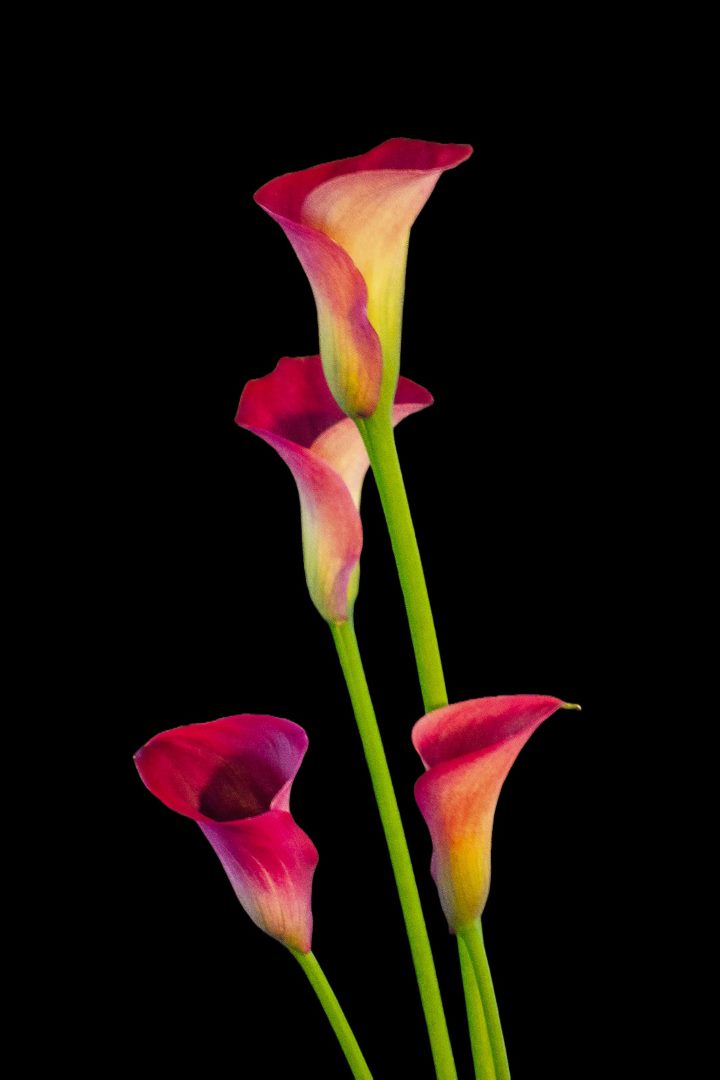
Introduction
The hot pink calla lily, a captivating bloom with its vibrant hue and elegant silhouette, has captivated gardeners and flower enthusiasts alike. This extraordinary flower, native to South Africa, exudes an aura of exotic beauty and carries profound symbolic meanings. This comprehensive guide will immerse you in the world of hot pink calla lilies, unraveling their unique characteristics, cultivation secrets, and cultural significance.
Botanical Characteristics
Scientific Name:
Zantedeschia aethiopica ‘Pink Mist’
Plant Family:
Araceae
Flower Structure:
The hot pink calla lily boasts a distinctive flower structure. Its prominent feature is the spathe, a large, trumpet-shaped bract that encloses the actual flowers, known as florets. The spathe is typically vibrant hot pink, although variations in shade can occur. Nestled within the spathe are numerous tiny florets arranged on a central spadix.
Cultural Significance
Symbolism and Meaning:
In Victorian flower language, the calla lily symbolized purity and innocence. However, the hot pink calla lily takes on a different connotation, representing passion, desire, and joy. Its vibrant hue exudes a sense of playfulness and optimism.
Cultural Uses:
The hot pink calla lily is a popular choice for weddings and formal events due to its striking appearance and symbolic meaning. It is also used in traditional African ceremonies and medicine.
Cultivation and Care
Planting Conditions:
Hot pink calla lilies prefer well-drained soil rich in organic matter. They thrive in full sun to partial shade and require consistent moisture.
Planting Instructions:
- Choose a planting location that receives adequate sunlight or partial shade.
- Dig a hole twice the width of the bulb and deep enough to accommodate the bulb’s height.
- Place the bulb in the hole with the pointed end facing up and cover it with soil, leaving the top of the bulb exposed.
- Water the bulb deeply after planting.
Watering and Fertilizing:
- Water the calla lilies regularly, especially during the blooming season.
- Fertilize the plants monthly with a balanced fertilizer.
Pest and Disease Control:
Hot pink calla lilies are generally resistant to pests and diseases. However, they can be susceptible to aphids, mealybugs, and root rot. Practice good sanitation and use appropriate pest control measures if necessary.
Winter Care:
In colder climates, calla lilies should be protected from frost. Dig up the bulbs in the fall and store them in a cool, dry place.
Varieties and Hybrids
The hot pink calla lily has several popular varieties and hybrids, each offering unique characteristics.
‘Pink Panther’:
A compact variety with deep pink spathes and a long blooming period.
‘Esmeralda’:
A dwarf variety with smaller, lighter pink spathes.
‘Cape Town’:
A hybrid with larger, ruffled spathes in a vibrant hot pink shade.
Companion Plants
When paired with suitable companion plants, hot pink calla lilies create stunning garden displays. Some ideal companions include:
- Salvia
- Daylilies
- Agapanthus
Troubleshooting
Yellowing Leaves:
Overwatering or nutrient deficiency can cause yellowing leaves.
Brown Tips on Leaves:
Low humidity or dehydration can lead to brown tips on leaves.
Lack of Blooms:
Insufficient sunlight or improper fertilization can prevent the plant from blooming.
Conclusion
The hot pink calla lily, a captivating beauty with its vibrant hue and graceful form, adds a touch of exotic elegance to any garden or floral arrangement. Its rich cultural symbolism and ease of care make it a cherished plant for gardeners of all levels. Whether you are an experienced horticulturist or a novice enthusiast, this guide empowers you to cultivate and appreciate the extraordinary hot pink calla lily in all its glory.


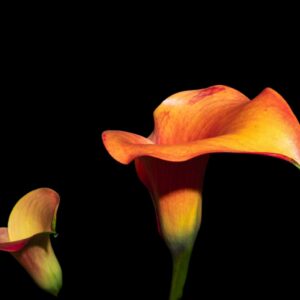
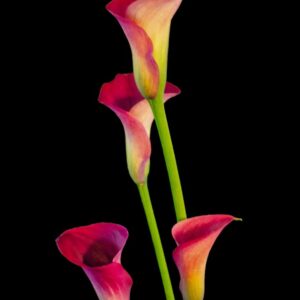


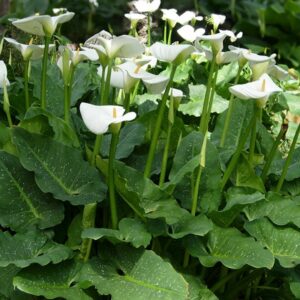
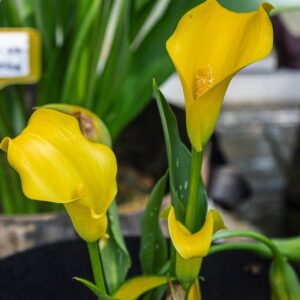
Leave a Reply